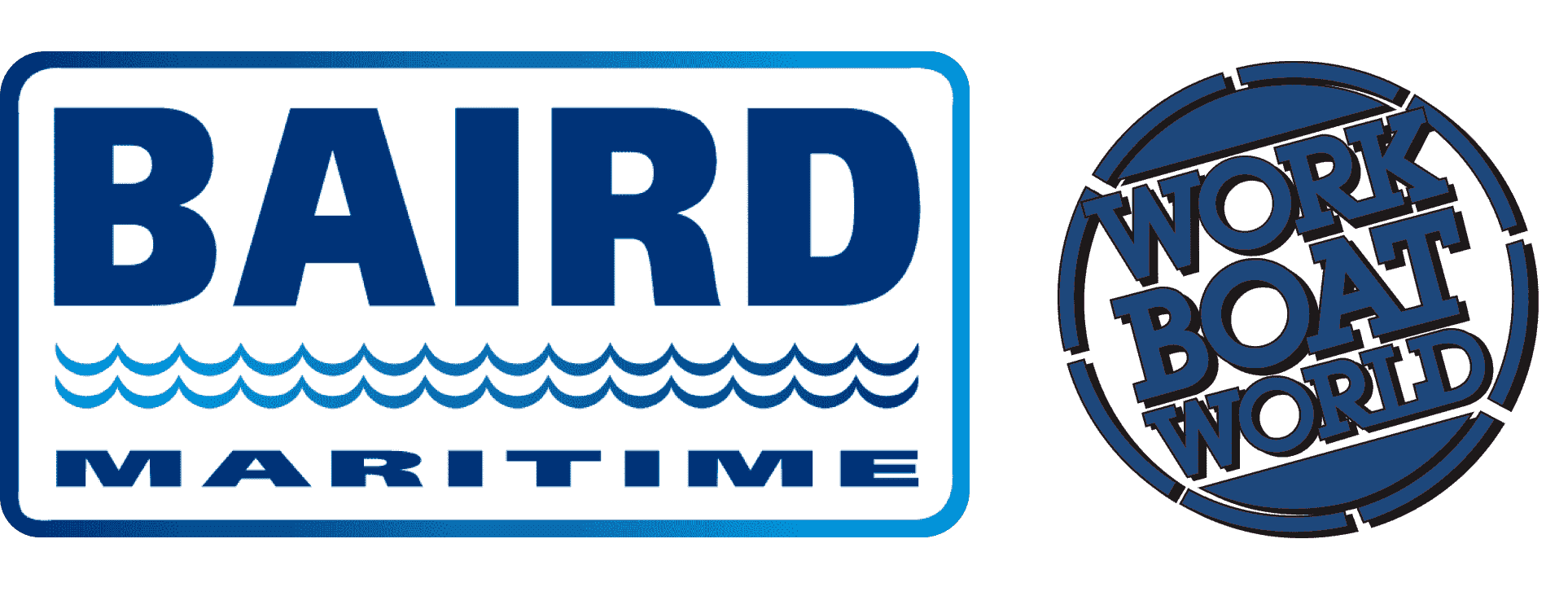Volvo Penta unveils first commercial application of upgraded IPS platform
Volvo Penta’s upgraded IPS propulsion system, dubbed the “professional platform”, was officially unveiled in Sweden late last week with the delivery and christening of the first vessel to incorporate it, a new offshore windfarm crewboat bound for Scotland.
IPS is an integrated helm-to-propeller system, incorporating controls, electronics, custom software, propulsion packages and more, designed to work together seamlessly and reduce errors and inefficiencies arising from equivalent multi-supplier solutions.
The platform was designed with flexibility in mind, with the dual solutions powering each propulsion unit comprising either electric motors or engines powered by various fuel options, which can be swapped out as necessary in future without having to rebuild, for a variety of fully electric, hybrid or fuelled options.
With numerous competing alternative fuels vying for dominance, the platform was designed to be able to adapt to different energy solutions and technologies without having to resort to costly full re-powers.
The demonstrator crewboat utilises four engines connected to two drives to meet different needs at every stage of operation, providing dual power on demand. The IPS’ “eco mode” automatically manages and optimises engine use based on real-time needs during vessel operation. Eco mode will automatically start or stop individual engines in each situation, optimising fuel consumption and balancing engine running hours to reduce wear on each.
“They have a lot of low power operation, and then they have short intervals with high power operation,” Volvo Penta told Baird Maritime. “So that is then a good match with having the twin setup. We're on the first diesel-diesel version where you can utilise the two engines when you need a high power, high speed, high motor push. But when you don't need that or you're going slow between the wind turbines or waiting for the technicians, you can go just on one engine on each side. You can still have the manoeuvrability in the wind farm and do whatever you want but you're saving a lot of running hours on the engines.”
The upgraded IPS platform’s internal combustion engine options can also leverage alternative or renewable fuel sources. Volvo Penta noted that the demonstrator vessel could potentially see up to 30 per cent total fuel savings and emissions through the eco mode feature. Its engines are approved to run hydrotreated vegetable oil (HVO) and have the potential to reduce emissions by up to 90 per cent.
“We don't think the diesel engine will disappear, I will say, in the coming 15 years, but it will be limited,” added Volvo Penta. “It will drop in volume, and it will change to alternative fuels. The challenge, if we look at the wind farm sector, a lot of focus is on green methanol. But the feedstock for green methanol is quite limited for the moment.
“So if we go for methanol combustion engines, we will go for dual fuel engines and then we will go to fully methanol engines at a later stage. Maybe in the five- to 10-year stage, we will go over more when we have started to produce [more] green methanol. And also, you see the growth of wind farms. When it's really windy, they need to utilise the energy that they produce and that could be utilised to produce green hydrogen, and green methanol of course.”
The system was also designed for improved manoeuvrability, a selling point for use cases in challenging conditions such as those seen at offshore wind farms. Twin forward-facing counter-rotating propellers push water directly backward, creating a powerful thrust while reducing torque to enable more precise control. The omnidirectional propulsion system can now rotate 40 degrees in each direction, improving station keeping and assisted docking functionality.
The demonstrator vessel is equipped with a remote diagnostics package, which will capture more than 6,000 hours of data that will be incorporated into optimisation and future Volvo Penta propulsion design. A number of other vessels of different types incorporating the new professional platform will be unveiled in the coming months.
Baird Maritime was a guest of Volvo Penta at the christening of NOS Impresser in Gothenburg.


